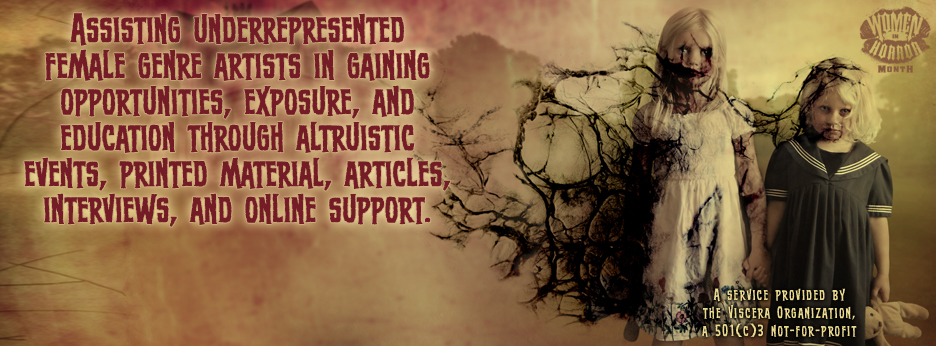
My guest today is Miriam H. Harrison. Like many readers and writers of horror, it is not a genre that presents unrelenting terror, but is a place from which people can heal from the real-life horrors in their lives.
Horror and Healing
Growing up, horror wasn’t a genre or an escape, but a word too close to home. I didn’t need prescriptive plot arcs or three-act sequences. Life itself was a series of rising tensions, fleeting denouements, and inevitable crises. It wasn’t as tidy, though. Writing gives you a chance to clean up the edges, tie up loose ends, find closure. Life just makes a mess. But in life as in writing, there’s room for rewrites, edits. For a time living was horror, but later, horror was healing.
Horror intersects with all forms, all genres, so it’s little wonder I found myself stumbling into it. Anything you pull deep from your soul can draw breath in the dark and surreal—horror leaves so little out of bounds. It is a wide open space to roam, to explore dark corners and re-imagine the familiar.
For me, writing horror brings together surrender and control. Surrender is the art of facing the blank page. There’s a vulnerability to giving over to the words, to seeing what emerges from your shadows. The memories that live deep inside can be frightening, yet light has a way of shrinking shadows. Unchallenged, the shadows spread deep and wide, whispering from every side. Shrunk down in the light of day, those ghosts can be captured in vessels of words. In words, there is control.
Control comes in many forms, but I have come to value it most in a red pen. Ghosts exorcised into words can be given closure. In editing and rewriting, we get to shape what came before, give it new meaning, new purpose. Here we can find the context and resolutions that life so often denies us. We cannot edit what is not written, but we are not unwritten. We are messy, and editing loves a mess.
This month, I invite you to celebrate both horror and healing. We all have healing journeys to navigate. For anyone living with unresolved trauma, this is not a journey to face alone. Bringing someone else into your process is a different vulnerability, but better than facing that pain alone. Mine was a common story. During Women in Horror Month—and every month—countless women are living in fear. Many turn to shelters or friends for safety. This year those opportunities for escape are fewer, but the needs are still there. As you look to support women in horror, think also of the everyday horrors women face and what you can do to help make healing possible.
Miriam H. Harrison writes to keep her fingers warm in her Northern Ontario home. She studies full time, works on the side, writes when she should be doing other things, and trains the dust bunnies to fend for themselves. She is an Active member of the Horror Writers Association, and any updates about her published works can be found on Facebook (https://www.facebook.com/miriam.h.harrison) or her website (https://miriamhharrison.wordpress.com/).
She has two poems appearing in the Valentine’s Day issue of Tales from the Moonlit Path and five pieces in the Supernatural Drabbles of Dread anthology by Macabre Ladies Publishing, which is available for pre-order and anticipating a February release. Miriam co-edited with Dinah Lapairie and Kenneth Lillie, In New Light: The Many Paths of Identity, Struggle & Mental Illness for Northern Initiative for Social Action.

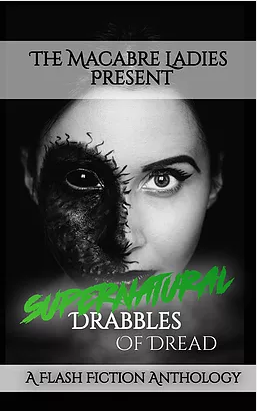
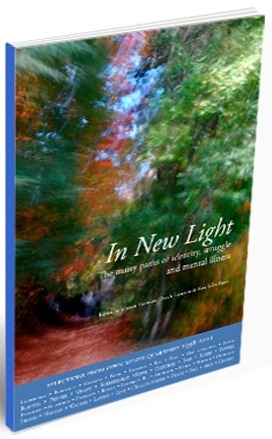
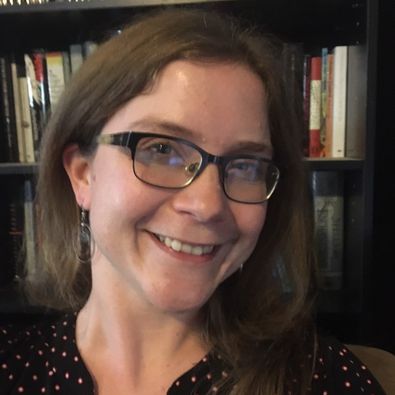
 Well, I don’t think there is much point in singing the pandemic song. This might be the only time in recent world history, or ever, where the world is experiencing the same event at the same time, and we’re all in the same boat. Isolation, depression, sadness, frustration, anger, fear: it’s affecting all of us in different ways. We don’t know if our world will ever go back to what it was and maybe all of it shouldn’t.
Well, I don’t think there is much point in singing the pandemic song. This might be the only time in recent world history, or ever, where the world is experiencing the same event at the same time, and we’re all in the same boat. Isolation, depression, sadness, frustration, anger, fear: it’s affecting all of us in different ways. We don’t know if our world will ever go back to what it was and maybe all of it shouldn’t.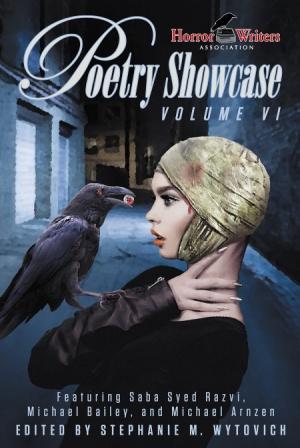 I’d add this into the post, also for my friend Vie. Besides Horror Tree, I also check out
I’d add this into the post, also for my friend Vie. Besides Horror Tree, I also check out  Onto other news. I was awarded a BC Arts Council Grant in March. Oddly it was for an application from last year but I’m not saying no to funds for my writing trips. Engen Books in eastern Canada sponsors the Kit Sora flash fiction–flash photography monthly contest. I’ve used the short 250 word entries as a way to continue writing while grieving my bother’s death last year. In Dec. I came third place with “
Onto other news. I was awarded a BC Arts Council Grant in March. Oddly it was for an application from last year but I’m not saying no to funds for my writing trips. Engen Books in eastern Canada sponsors the Kit Sora flash fiction–flash photography monthly contest. I’ve used the short 250 word entries as a way to continue writing while grieving my bother’s death last year. In Dec. I came third place with “

